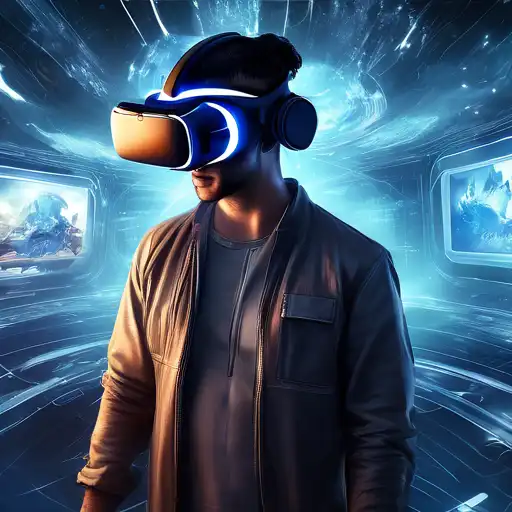Introduction to Virtual Reality
Virtual Reality (VR) has transformed the way we interact with digital content, offering an immersive experience that goes beyond traditional screen-based interactions. This technology has found applications in various sectors, including gaming, education, and healthcare, providing users with a new dimension of experience.
The Evolution of Virtual Reality
The journey of VR from a futuristic concept to a mainstream technology is fascinating. Initially developed for gaming, VR has now expanded its horizons, enabling virtual tours, remote learning, and even surgical simulations. The evolution of VR technology continues to break barriers, offering more realistic and interactive experiences.
Applications of Virtual Reality
VR's versatility is evident in its wide range of applications. In the gaming industry, it provides players with an unparalleled immersive experience. Educators use VR to create interactive learning environments, while healthcare professionals employ it for patient rehabilitation and surgical training.
Benefits of Virtual Reality
- Enhanced Learning: VR makes education more engaging by simulating real-world scenarios.
- Improved Healthcare: From pain management to surgical simulations, VR is revolutionizing patient care.
- Remote Collaboration: VR enables teams to collaborate in virtual spaces, regardless of their physical location.
Challenges and Future Prospects
Despite its advancements, VR faces challenges such as high costs and the need for specialized equipment. However, with ongoing research and development, the future of VR looks promising, with potential breakthroughs in accessibility and user experience.
Conclusion
Virtual Reality is more than just a technological innovation; it's a gateway to new experiences. As VR continues to evolve, it promises to redefine our interaction with the digital world, making the impossible possible. Explore the potential of VR and step into a world beyond the screen.
